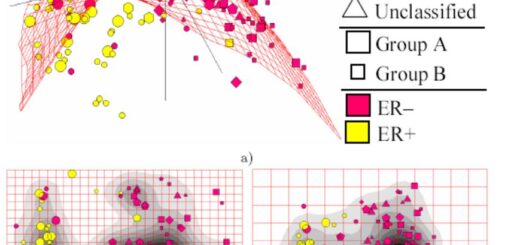Binomial Cumulative Distribution in R
Binomial cumulative distribution in R, we’ll make an R plot of the binomial density in the first example.
In order to use the dbinom R function, we must first build a vector of quantiles as input:
x_dbinom <- seq(0, 100, by = 1) # Specify x-values for binom function
The dbinom function can then be applied to this vector as illustrated below. Please take note that I have set the probability for each binomial draw to be equal to 0.5 (i.e. 50%) and the size to be equal to 100 (i.e. the number of trials). Of course, you are free to alter these justifications.
Binomial cumulative distribution in R
y_dbinom <- dbinom(x_dbinom, size = 100, prob = 0.5) # Apply dbinom function
The plot function can be used to create a graphic that displays the results of the dbinom function.
plot(y_dbinom) # Plot dbinom values

Figure 1 displays the results of the earlier R code. a density with a binomial distribution.
The pbinom Function is a binomial cumulative distribution function
We’ll demonstrate how to use R’s pbinom function to depict the binomial cumulative distribution function (CDF) in Example 2. As in Example 1, we must first generate an input vector.
x_pbinom <- seq(0, 100, by = 1) # Specify x-values for pbinom function
We may now use the pbinom command.
y_pbinom <- pbinom(x_pbinom, size = 100, prob = 0.5) # Apply pbinom function
…and create a binomial CDF plot:
plot(y_pbinom) # Plot pbinom values

Binomial Quantile Function (qbinom Function)
You’ll discover how to plot the binomial quantile function in R through this example. We need to start by putting up a sequence of probabilities:
x_qbinom <- seq(0, 1, by = 0.01) # Specify x-values for qbinom function
Then, using the qbinom function, we can obtain the binomial quantile function value corresponding to each value in our series of probabilities:
y_qbinom <- qbinom(x_qbinom, size = 100, prob = 0.5) # Apply qbinom function
Finally, we can use an R plot to visualize the output:
plot(y_qbinom) # Plot qbinom values

Simulation of Random Numbers (rbinom Function)
The rbinom function in R can be used to produce random numbers with a binomial distribution. Let’s define a seed for replication…
set.seed(13579) # Set seed for reproducibility
…as well as the quantity of random numbers we wish to draw as a sample:
N <- 10000 # Specify sample size
Now, using the rbinom function, we can generate a set of random numbers with a binomial distribution:
y_rbinom <- rbinom(N, size = 100, prob = 0.5) # Draw N binomially distributed values y_rbinom # Print values to RStudio console
45 44 55 43 35 47 56 52 49 51 47 50 51 54 53 48 57 55 51...
The random numbers we just generated are displayed in the RStudio console. They can result in either 0 or 100 favorable outcomes, according to theoretic calculations.
A histogram can be used to show how our random integers are distributed:
hist(y_rbinom, # Plot of randomly drawn binomial densit breaks = 100, main = "")
Remember that we used a trial size of 100 and a success chance of 0.5 in the preceding R syntax. You just need to specify the size parameter to 1 if you wish to create a random dummy variable:
y_rbinom_dummy <- rbinom(N, size = 1, prob = 0.5) # Draw N dummy values y_rbinom_dummy # Print values to RStudio console
0 1 0 1 1 1 0 1 0 0 0 0 1 0 1 0 0 1 1 1 1 1 0 0 0 0 0 1 1 1 1 0 1 1 1...
Importance of Statistical Analysis in Business »



